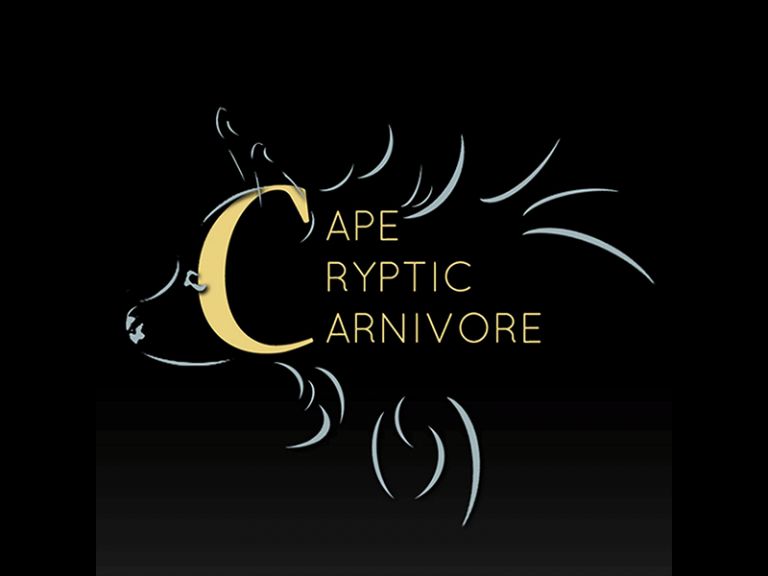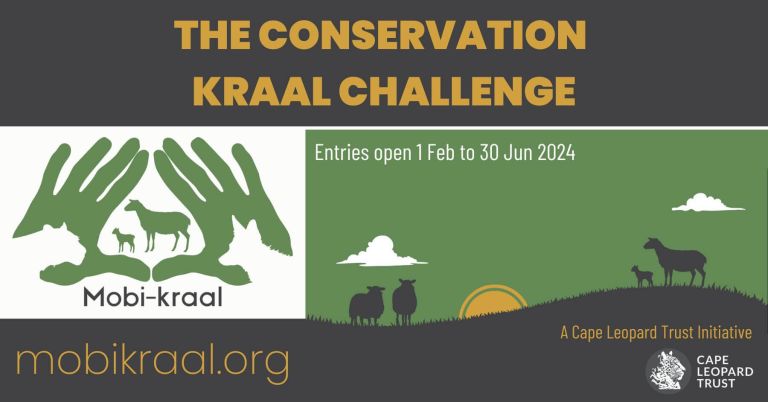The Cape Cryptic Carnivore project is a field research study on cryptic carnivores, most notably brown hyenas (Hyaena brunnea), in the Little Karoo in South Africa. The research is led by Elsa Bussière, a PhD student with the ADU at the University of Cape Town.
Elsa grew up in France where she completed an MSc in Agricultural Engineering and an MSc in Forest, Agriculture and Environmental Engineering in 2011. Her passion for science and nature took her to Hwange National Park in Zimbabwe where she worked as a field biologist for a large mammal project, led by the French Center of National Scientific Research (CNRS). She then came to SA to do an MSc project with the ADU on statistical ecology, analyzing bird atlas data. During this time, she helped other researchers with their fieldwork on African penguins, weavers and pygmy falcons.
Her current work on brown hyenas started in 2014 and forms part of her PhD research. Her thesis is entitled ‘Mitigating human-wildlife conflicts and improving statistical tools for mammal monitoring and conservation’. Her area of focus is the Little Karoo, where the last remaining brown hyena population in the Western Cape Province can be found. She ran a massive camera trap survey in 4900km² of rugged Karoo mountains, in the area of Touswriver, Lainsgburg, Barrydale and Montagu. Preliminary results show that the most photographed carnivores in this region are (in descending order): black-back jackal, African wild cat, caracal, brown hyena, leopard, aardwolf and honey badger.
Brown hyenas are primarily scavengers. The bulk of their diet consists of carcasses killed by larger predators, and although they may supplement their diet with rodents, insects, eggs, fruit etc, they are poor hunters, and live prey makes up only a small proportion of their diet: Brown hyenas have black and white stripes on the legs and every individual has a unique pattern, making them individually identifiable (similar to leopards). Using this pattern Elsa was able to identify 18 different individuals in the study area.
Nine individuals were photographed in the Sanbona Wildlife Reserve, which also has lions and cheetahs providing carrion. The other individuals were found on Anysberg Nature Reserve, small private nature reserves and farmland, where only leopards, jackals and caracals could provide carrion to scavenge. Interestingly, the brown hyenas outside of Sanbona that cannot rely on lions and cheetahs for food, seem to have much larger territories and may also hunt small animals to complement their diet.
One adult female was also collared with an iridium satellite collar. She had a home range of roughly 300 km2, and covered at least 900km in a month, sticking mostly to river beds, dry valleys and fence lines.
At least one of the identified brown hyenas got caught in a gin trap, which was originally set by a private landowner in order to catch jackals and caracals. The animal unfortunately had to be put down. It is the only confirmed killing, although rumors of other captures on different farms do the rounds. Due to the low number of individuals in the population, human persecution poses a real threat to the survival of the species in the region.


















